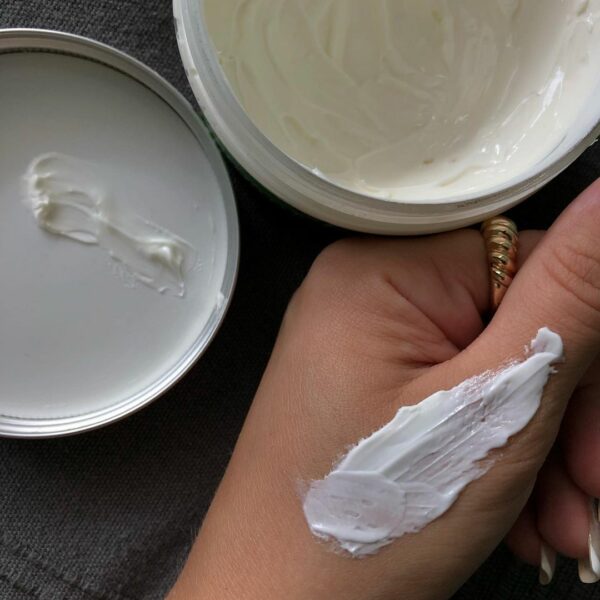We know that really great sex can hinge on the health of our pelvic floor. But now we’re learning just how much of daily, regular life can negatively impact our pelvic floor strength and function. Moreover, simple squeeze-and-release exercises (what most of us think of as Kegels) won’t do the trick all on their own.
Dr. Helene Darmanin, PT, DPT, CSCS, orthopedic and pelvic health physical therapist, Pilates instructor, author, and founder of Mama Bear Physical Therapy, spends most of her time considering this complex hammock of muscles that support so much of what we do in life. She explains exactly what may be contributing to a weakened pelvic floor—it’s more than you think.
“Many are surprised to learn the six factors that contribute to a weakened pelvic floor. They are:
1. Pregnancy
2. Birth (vaginal or cesarean)
3. Menopause (changing hormones can affect the flexibility of the pelvic floor tissues)
4. Sitting still (especially with your butt tucked under you)
5. Straining to defecate
• Repeated downward pressure from straining to defecate can compromise the pelvic floor.
• Make sure to stay hydrated and eat plenty of fiber, then just relax to have a bowel movement.
• Use a stool or something to raise the knees over the hips to have a bowel movement; this relaxes the pelvic floor.
6. Stress
• We all take our stress somewhere, and it is often the pelvic floor. The pelvic floor moves through a full range of motion with deep breaths, but we often breath more shallowly when stressed, leading to more tension in the pelvic floor. Note: this could be from a history of trauma, which should be addressed by a mental health practitioner as well as a pelvic floor specialist.”
To some, this may feel like flawed design. If we’re meant to birth, sit, and use the bathroom, why are our pelvic floors giving out on us? Mainly, it’s the modern lifestyle and diet, and of course, not taking a moment to breathe deeply.
Of course, we want to, ehem, flex that muscle as often as possible, but Dr. Darmanin shocked us with the fact that many of us have been doing Kegels wrong. You mean to tell us all that tightening and releasing for dozens of reps, multiple times a day, was in vain? Let’s learn to get it right with some myths and truths, explained by the expert herself.
“The way to strengthen our pelvic floor is, yes, by doing daily Kegels. Before starting, you first need to establish a good pelvic floor range of motion—diaphragmatic breathing is the best way to do this. Then you can try pelvic floor muscle contractions, aka Kegels. So why do we Kegel? A strong floor has proven to have tons of great added benefits, including:
• Orgasm more intensely and more readily (sex may also be more pleasurable for your partner)
• Build a stronger core, as the pelvic floor is the bottom of your core
• Healthier hips and back
• Less likely to leak urine (or gas or feces), or have a prolapse (a pelvic organ shifting into the vaginal wall, causing a sensation of fullness)
• Puts you in a better position for childbirth
• Can take deeper breaths, which may decrease stress
• Healthier circulatory system (pelvic floor helps return blood from the legs up to the heart)
However, not all Kegels are correct. There are a few techniques that we all need to stop doing immediately. Here are the most common myths.
Myth: Stopping the flow of urine to strengthen the pelvic floor
Reality: This might be helpful to do ONCE; however, doing it repeatedly can disrupt the normal neurofeedback mechanism that our body relies on to urinate effectively, which requires the pelvic floor to relax reflexively when the bladder contracts.
Myth: Squeeze as hard as you possibly can
Reality: This approach often leads to breath-holding and use of “accessory” muscles (all the muscles around the pelvic floor also contracting to try to help, e.g. inner thighs and glutes)
Myth: You should always start with contractions
Reality: You need to be able to relax fully FIRST; therefore, I usually have my clients start with deep breathing (not just a belly breath, but a breath that expands your ribs and abdomen circumferentially).”
Stay tuned for Dr. Helene’s step-by-step guide on how to correctly Kegel.
The content provided in this article is provided for information purposes only and is not a substitute for professional advice and consultation, including professional medical advice and consultation; it is provided with the understanding that Poosh, LLC (“Poosh”) is not engaged in the provision or rendering of medical advice or services. The opinions and content included in the article are the views of the interviewee only, and Poosh does not endorse or recommend any such content or information, or any product or service mentioned in the article. You understand and agree that Poosh shall not be liable for any claim, loss, or damage arising out of the use of, or reliance upon any content or information in the article.
Up next, be the first to know our weekly content and sign up for our Poosh newsletter.






































